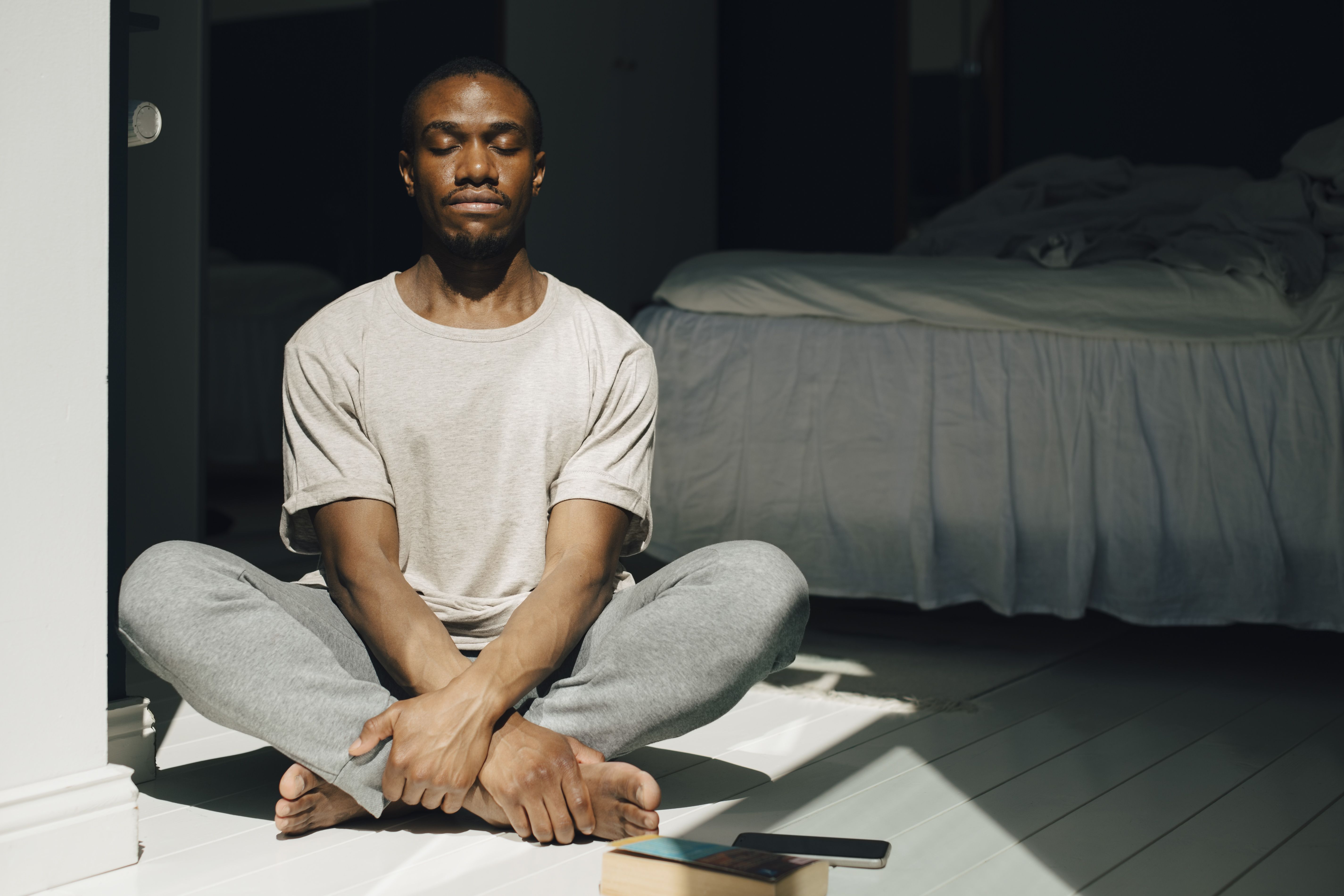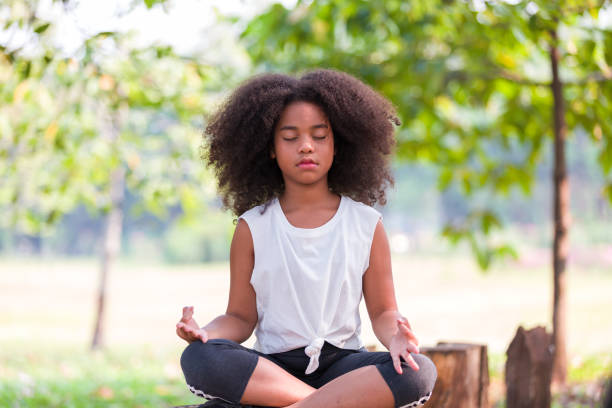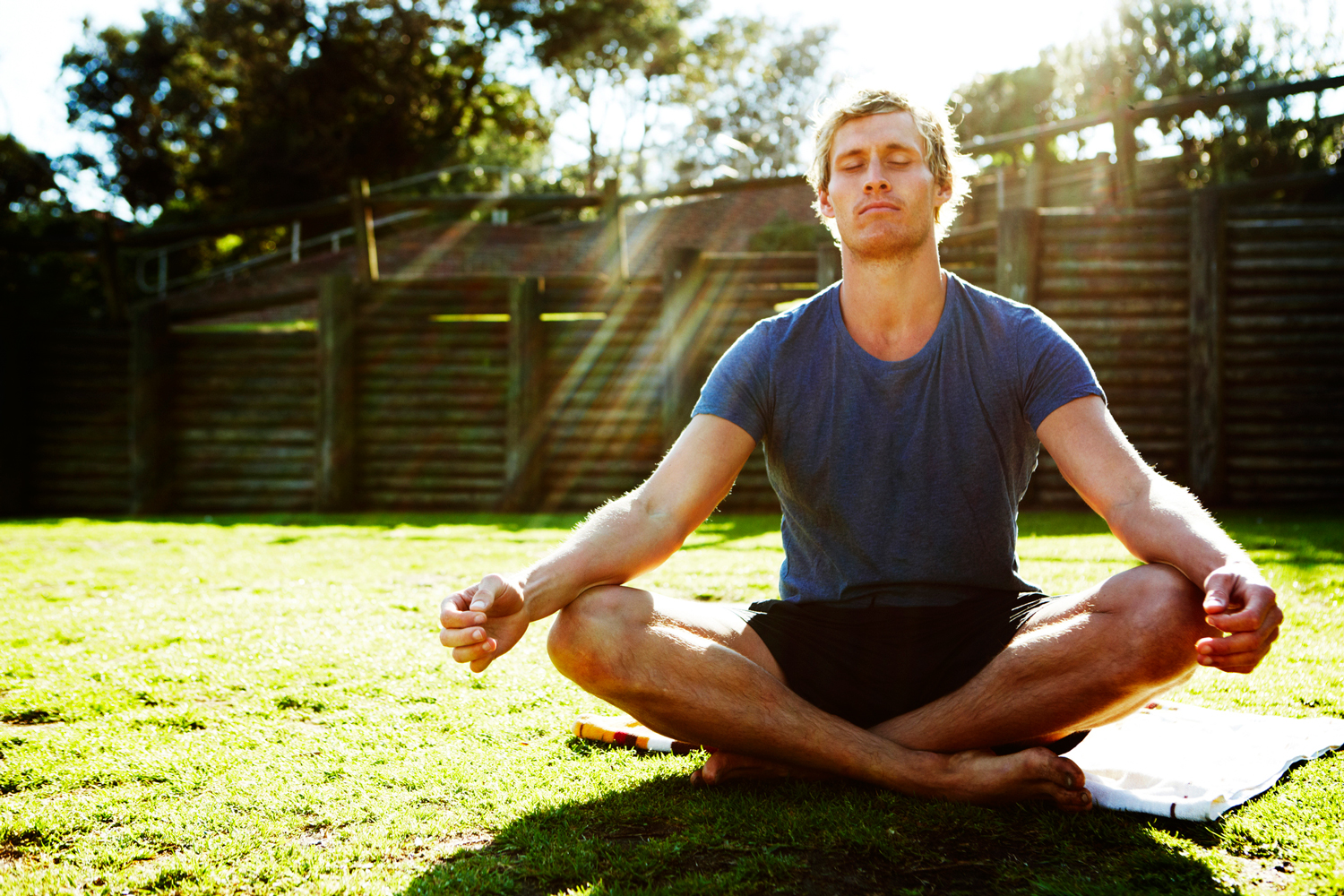Just How to Meditate: A Detailed Method to Getting Mindfulness and Calm
Reflection serves as a powerful tool for accomplishing mindfulness and psychological calmness in a fast-paced world. By recognizing the basic principles and methods included in reflection, people can cultivate a practice that enhances their overall well-being.
Understanding Meditation
Recognizing reflection entails grasping its basic concepts and strategies, which act as the structure for the technique. At its core, reflection is a mental exercise aimed at promoting relaxation, constructing inner power, and developing compassion and understanding. The method encourages individuals to focus their interest, often via strategies such as deep breathing, visualization, or rule rep.
Meditation can be categorized right into different styles, including mindfulness, transcendental, and loving-kindness reflection, each with distinct purposes and approaches. Mindfulness reflection emphasizes present-moment understanding and non-judgmental observation of ideas and feelings, while transcendental reflection includes using details rules to go beyond normal mind. Loving-kindness meditation concentrates on establishing a perspective of love and compassion in the direction of oneself and others.
No matter of the strategy used, the main goal continues to be constant: to grow a much deeper understanding of the mind and its patterns. This self-awareness cultivates psychological resilience, quality of thought, and a profound feeling of calm (How to meditate?). By understanding these concepts and techniques, people prepared for an effective meditation technique that can significantly boost their total well-being
Planning For Your Technique
Before beginning your reflection technique, it is important to produce a setting helpful to focus and relaxation. Guarantee that the location is free and clean of clutter, as a clean environment can assist get rid of the mind.
Consider the illumination, as all-natural light can boost your mood and energy. Soft, warm illumination is often much more soothing than extreme fluorescent lights. In addition, pick a comfortable temperature, guaranteeing that you are neither as well warm neither too cold.
Incorporating aspects that advertise peace can further improve your experience. This might include soft cushions or blankets for convenience, along with relaxing aromas from essential oils or incense. It can also be useful to have actually a timer set for your meditation session to stop disturbances from clock-watching.
Standard Meditation Techniques

Another effective method is body check meditation. This includes emotionally scanning your body from head to toe, observing any kind of areas of tension or pain and consciously kicking back those muscles. This practice promotes a much deeper link between your mind and body.

Finally, loving-kindness meditation concentrates on growing empathy in the direction of on your own and others. Silently repeat expressions of goodwill, boosting emotional health and interconnectedness. Each of these strategies serves address as a foundation for your reflection trip, allowing you to find the technique that reverberates ideal with your individual method.
Maintaining Focus and Mindfulness

Establishing a committed meditation area can boost the ability to keep mindfulness. A quiet, minimalist atmosphere lessens distractions, enabling for much deeper immersion in the method. In addition, establishing a time limitation can assist handle expectations; starting with shorter sessions may relieve the shift right into longer techniques.
Making use of strategies such as body scanning or observing sensations can also reinforce mindfulness. These methods encourage practitioners to stay existing and involved with their physicality, securing their attention in the minute. Regular practice is important; the brain constructs strength in time, creating a more powerful capability for focus.
Incorporating Reflection Into Day-to-day Live
Integrating meditation right into everyday life can transform regular activities into possibilities for mindfulness and self-reflection. By integrating mindfulness practices into usual tasks, individuals can grow a higher sense of visibility and peace among the Our site numerous hours of daily life.
Begin by determining moments throughout your day where you can pause and exercise mindfulness. For circumstances, throughout your early morning commute, concentrate on your breath or the feelings of the setting around you. In the kitchen area, method cooking as a meditative technique, savoring the appearances, colors, and aromas of the ingredients. Even mundane activities like walking or cleaning meals can become possibilities for meditation by guiding your attention to the experiences of movement and the audios surrounding you.
Furthermore, alloting committed times for meditation can enhance its practice. Begin with brief sessions, gradually boosting duration as you end up being much more comfy. Use tips or signs-- like a certain time of day or a calming noise-- to develop consistency.
Ultimately, the goal is to weave mindfulness into the fabric of day-to-day live, permitting you to approach each moment with intent, thereby enhancing your general sense of well-being and clarity.
Conclusion
In final thought, effective reflection requires a silent atmosphere, a comfy setting, and an emphasis on the breath. Routine reflection, even in quick sessions, fosters a much deeper connection to the existing moment, inevitably leading to greater tranquility and mental clarity in day-to-day life.
Meditation can be classified into various designs, including mindfulness, transcendental, and loving-kindness reflection, each with distinct objectives and approaches. Mindfulness reflection highlights present-moment awareness and non-judgmental monitoring of thoughts and sensations, while transcendental reflection includes the use of details concepts to transcend average idea procedures.With click here to read your reflection area prepared, it's time to explore numerous standard reflection techniques that can aid cultivate mindfulness and inner tranquility.Regularly keeping focus and mindfulness during reflection can be difficult, specifically for those new to the technique.Establishing a devoted reflection space can boost the capability to maintain mindfulness.
Comments on “How to Meditate? Grasping Mindfulness for Everyday Life”